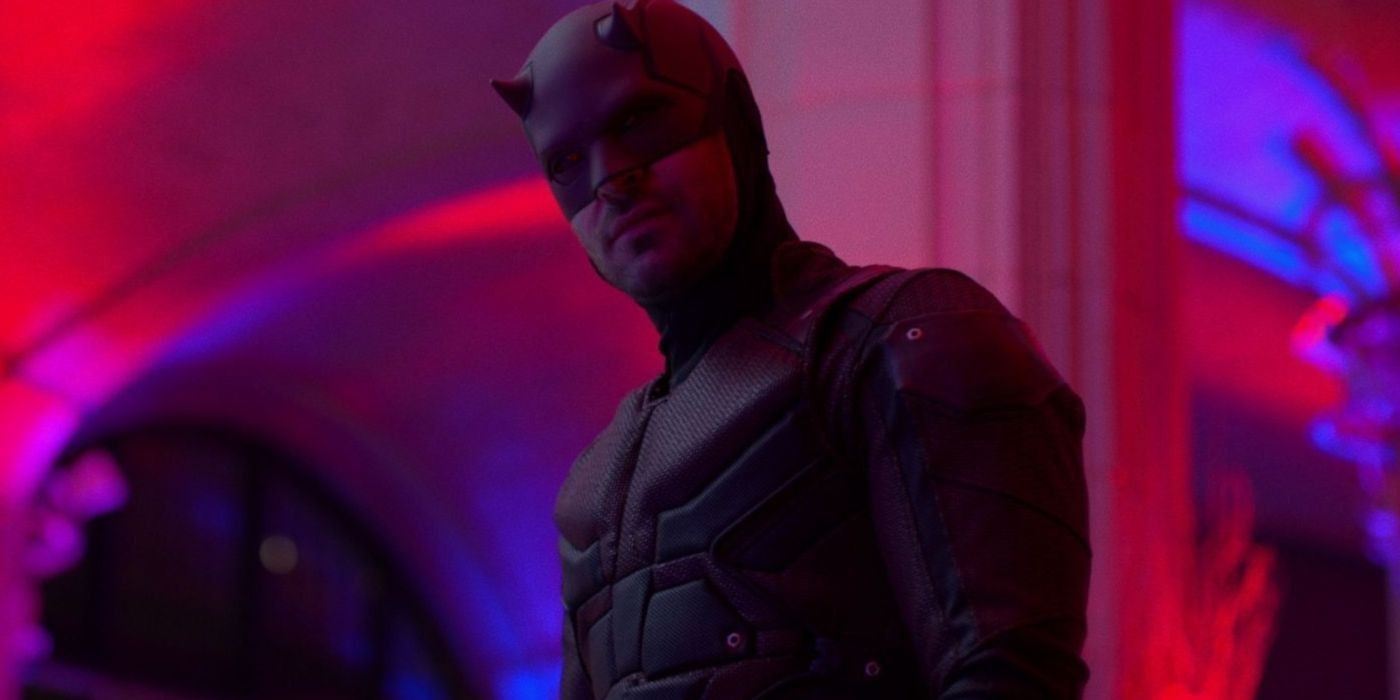
With Daredevil's third season upon us, enthusiasm for the justice-seeking hero of Hell's Kitchen is at an all-time high, particularly with reports that the new season will adapt Frank Miller's famous "Born Again" story arc for the small screen.With the infamous Kingpin now out for Matt Murdock's blood, the tone is set for the crime lord to systematically decimate the blind lawyer's life from the inside out.
As a morally resolute character with a checkered history of crossing the line more times than he should care to admit, the swashbuckling Murdock has become a blockbuster figure among street-level thugs, taking care of the dirty work with his own signature grit and morbid storylines. With the help of Netflix, fans are finally being treated to a faithful depiction of the horn-headed protagonist, including a look into his decidedly bleak struggles to maintain a positive outlook on life. Still, even with his honest page-to-screen adaptation, there's a lot behind the character that fans get wrong.
Flipping through more than five decades of Daredevil's publications, we've traced the protagonist's long history, from his debut in 1964 to his current standing as a leading member of the Defenders alongside Luke Cage, Jessica Jones and Iron Fist. While you may believe you know the Devil of Hell's Kitchen, there are a few things predating the Netflix era that have managed to slip past fans, and some other aspects of the TV series that many viewers have misunderstood.
Come along as we take a look at 20 Things Everyone Gets Wrong About Daredevil.
20 He Didn't Always Wear Red
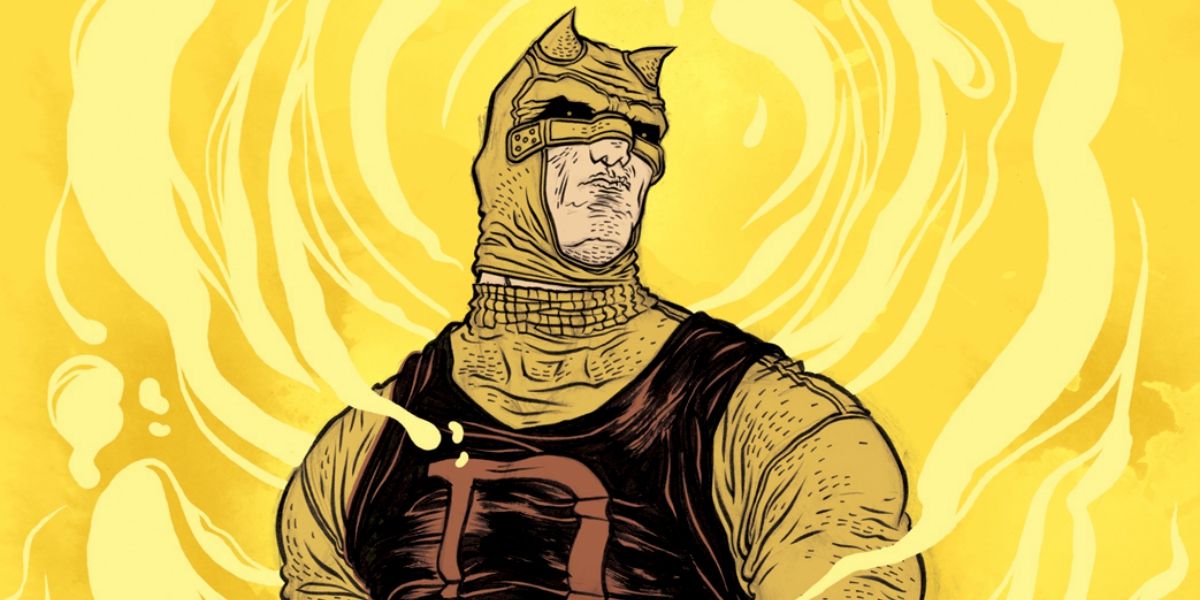
Although the horned red suit with the double D logo affixed across the chest has since become Daredevil's signature look, Hell's Kitchen's savior hasn't always donned his stealthy, dark outfit. At the time of Daredevil #1's publication in 1964, Jack Kirby was reportedly put in charge of designing Murdock's suit, which included a combination of black, yellow and red, specifically intended to look like the outfits of acrobats, given the hero's own history of acrobatics.
Thankfully for Murdock, artist Bill Everett was recruited to add his own adjustments to the design. By issue #7 the following year, the skin-tight leggings and leotard were gone. While fans may recognize some of the hero's other costumes, such as his all-black, street clothes look, this is one ensemble that has long been forgotten.
19 His Hair Color
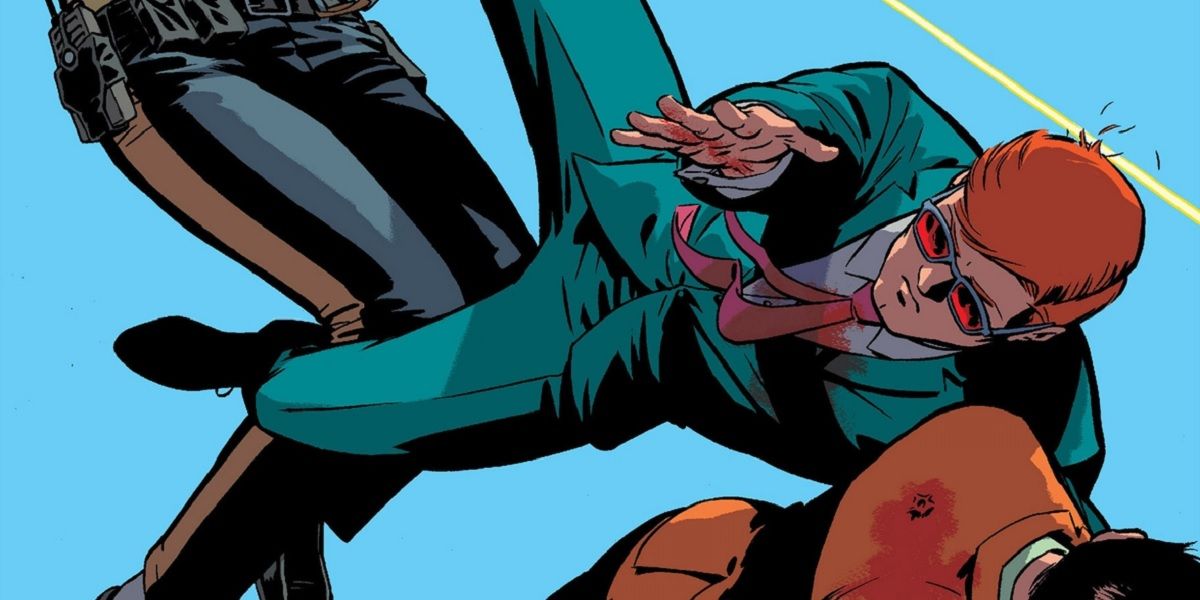
Anytime a major comic book property is making the transition from page to screen, there's likely to be detractors arguing against the live-action adaptation's faithfulness to the original source material. In reality, not everything in the comics works out favorably for a television series like Daredevil.
For those fans who only recently acquainted themselves with Daredevil thanks to the Netflix series, there's little reason to nitpick, but for the hardcore readers of the comics, one major detail has left many scratching their heads.
In the comics, Matt Murdock is a redhead while Charlie Cox's hair is brown.
While it's a minor flaw in the larger scheme of things, it seems like a simple fix. Cox has admitted that he tried out the look, but it just didn't suit him very well.
18 He's Been the Villain
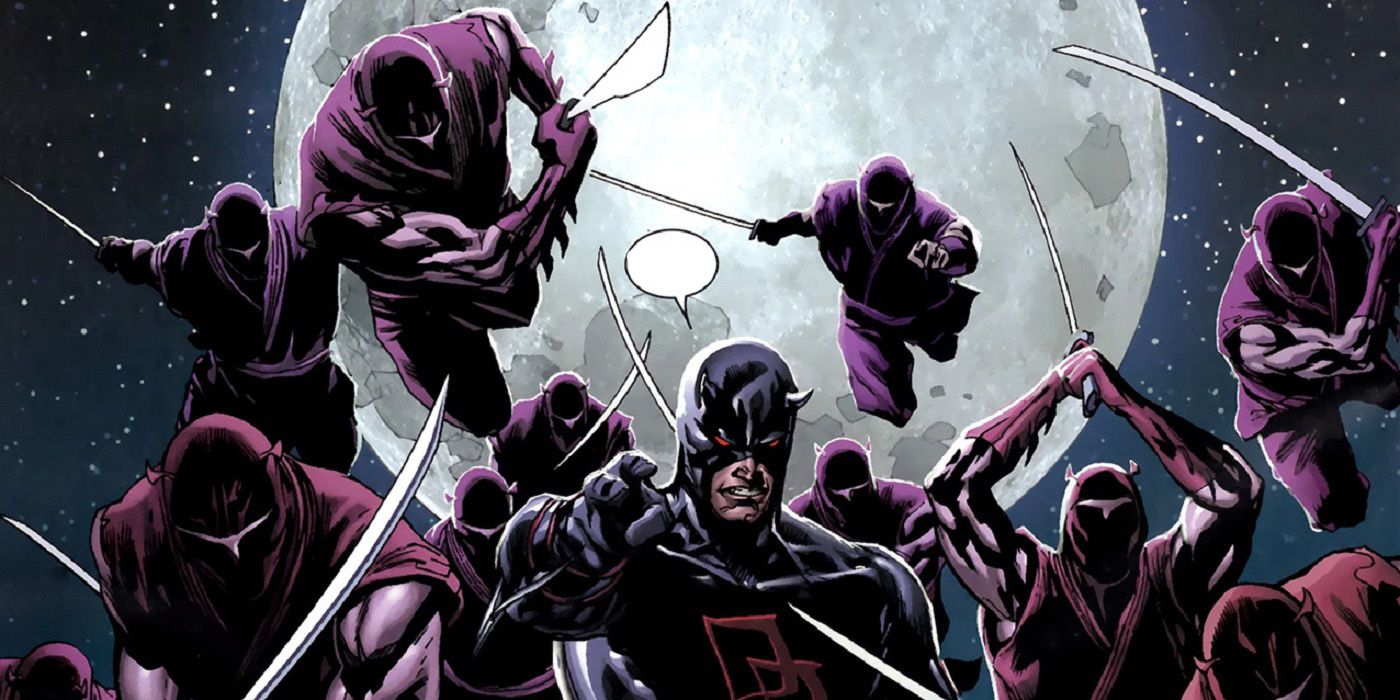
For all his preaching about corruption in the streets, Matt Murdock's erratic mood swings have led to some surprisingly violent outbursts. On various occasions, he's lied and manipulated those closest to him. With all his law-breaking vigilantism and serial womanizing, he's actually a prime example of superhero hypocrisy at its finest and can even be perceived as a villainous figure at different times.
While his storied history has examples of him throwing a baby off a rooftop and beating a cop mercilessly, perhaps nothing compares to the time he took over control of the notorious ninja clan The Hand. His leadership became so serious that his superhero allies banded together with Kingpin and Bullseye to take him down. Similarly, in 2003, Daredevil viciously beat Kingpin before declaring himself the new crime lord of New York, resulting in Fisk's imprisonment.
17 The Netflix Series Wasn't His First Stab at Television
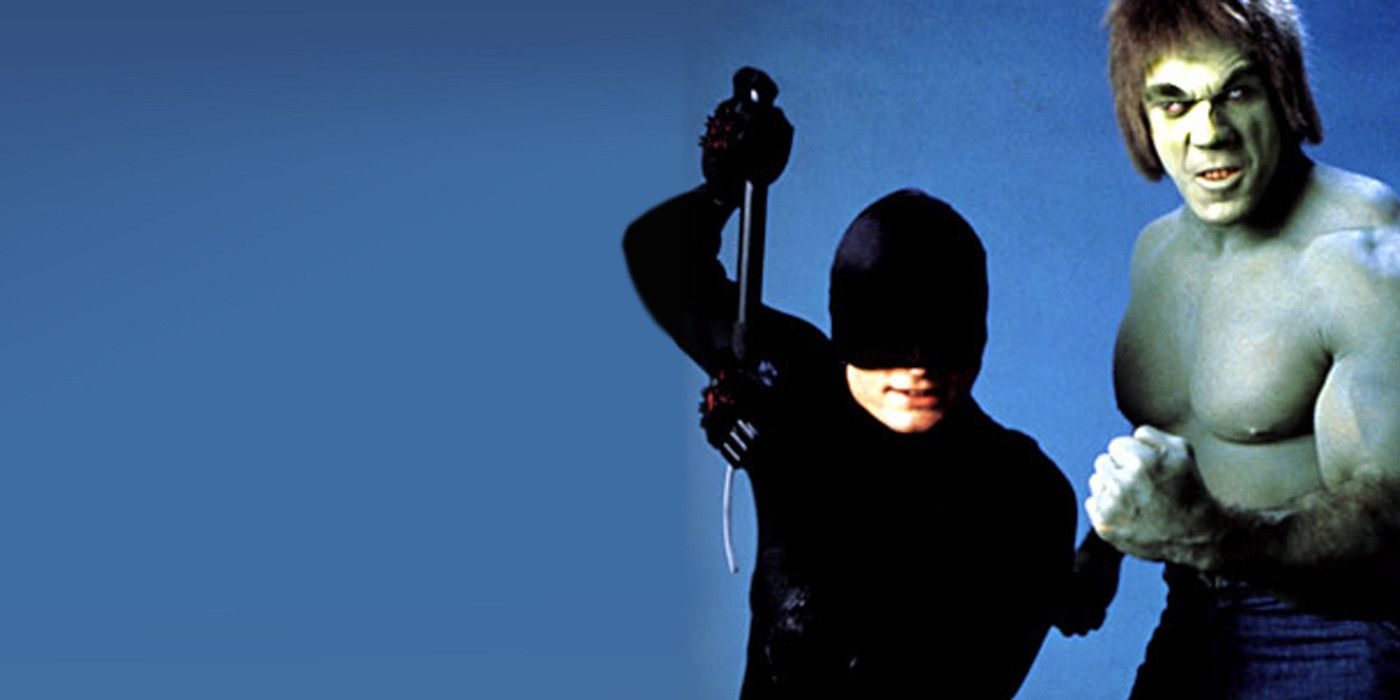
Nearly a decade after Ben Affleck's version of Daredevil, 20th Century Fox's rights to the Man Without Fear reverted back to Marvel Studios, setting Netflix up with the perfect opportunity to cash in on the character. As the story goes, Charlie Cox was sent into a blind audition, with little knowledge of the projec.
Many fans may have forgotten that Cox wasn't the first person to portray Murdock on the small screen.
In 1989, the blind attorney made his first television appearance when late '70s teen idol Rex Smith starred opposite Lou Ferrigno in the TV movie The Incredible Hulk Returns. The feature-length debut was intended to serve as a backdoor pilot for a future Daredevil series, though weak ratings soon squashed all hopes for the show.
16 He's Not Always Blind
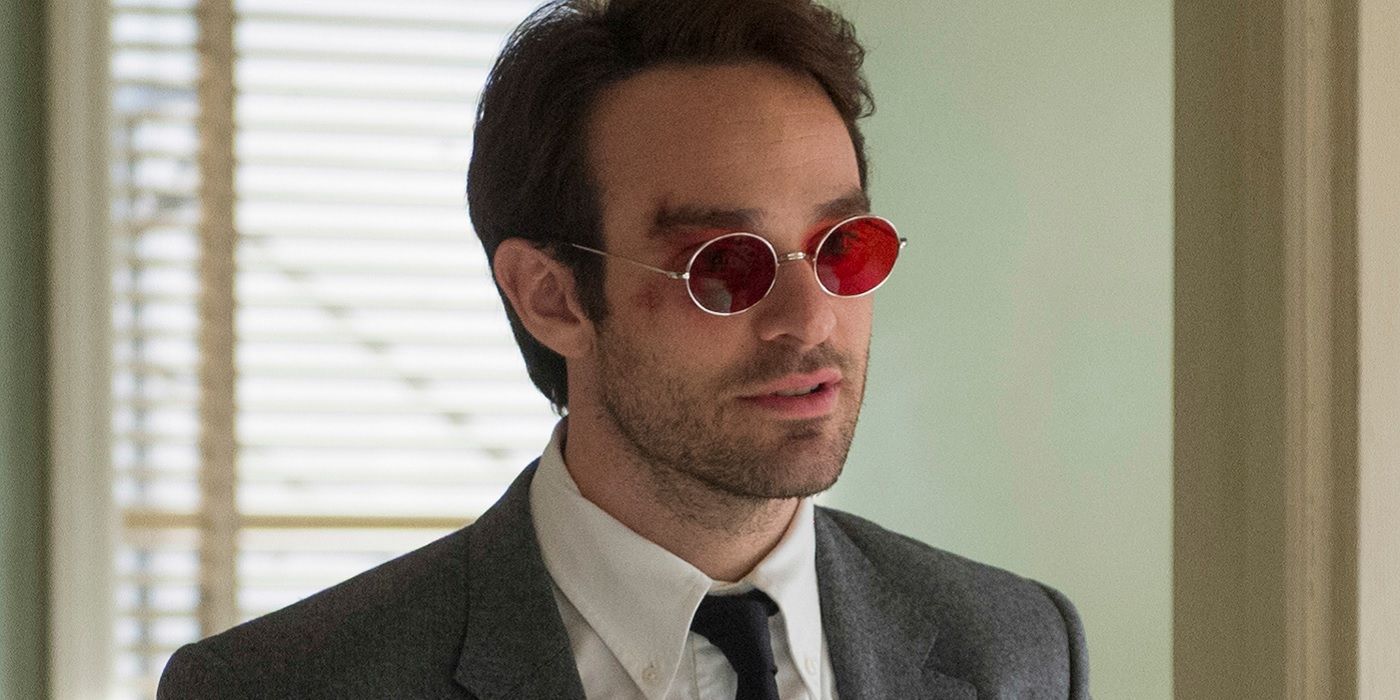
Daredevil's blindness is a special instance where a superhero's biggest weakness also happens to be his greatest strength. With his vision taken away, the Devil of Hell's Kitchen is forced to rely strictly on his other senses, including a hyper-sensitive echolocation which uses sound frequencies to determine the proximity of various people and objects, helping Murdock to anticipate his opponent's moves.
Although readers have always known Murdock as a truth-seeking vigilante handing down blind justice to low-level street thugs, the truth is he's regained his sight on more than one occasion. With the helping hand of Moondragon, his sight was restored temporarily, stripping him of his radar senses. The same would happen again when The Beyonder and The Uni-Power gifted him with sight, but every time, he returned to his blind state.
15 Others Have Worn His Suit
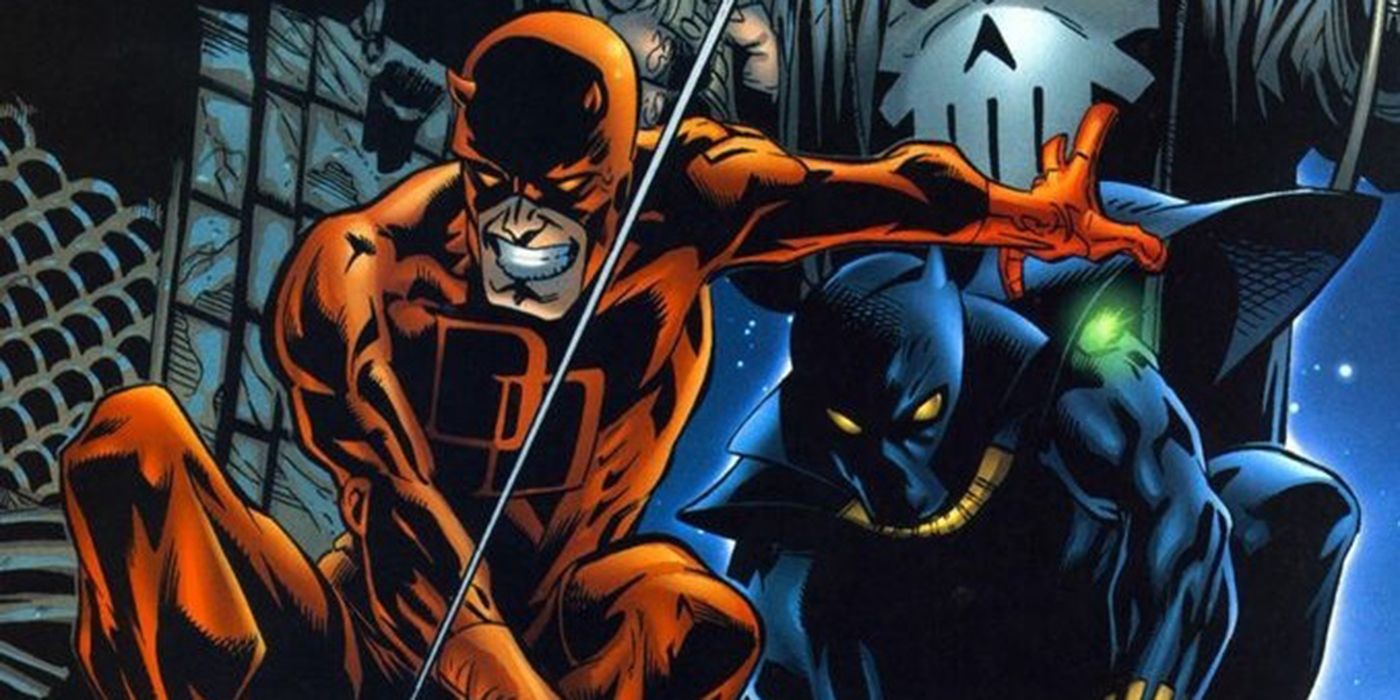
Although heightened senses have allowed Matt Murdock to convincingly pass himself off as a conventional hero with full vision at various times, his real-world blindness has caused him trouble on several occasions in regards to protecting his identity.
Daredevil's many allies have helped to keep his superhero persona a secret.
With help from friends like Spider-Man, Black Panther, Iron Fist and Foggy Nelson, Murdock has happily granted others permission to wear his suit to distract suspicious civilians from discovering his secret. Often times, he'll appear in a public place as his typical blind attorney self while one of his friends appears elsewhere in Hell's Kitchen in the Daredevil suit, making sure to be noticed. While other superheroes are much more protective when it comes to letting others don their outfit, Murdock's openness has been his saving grace.
14 His Biggest Enemy Is a Spider-Man Villain
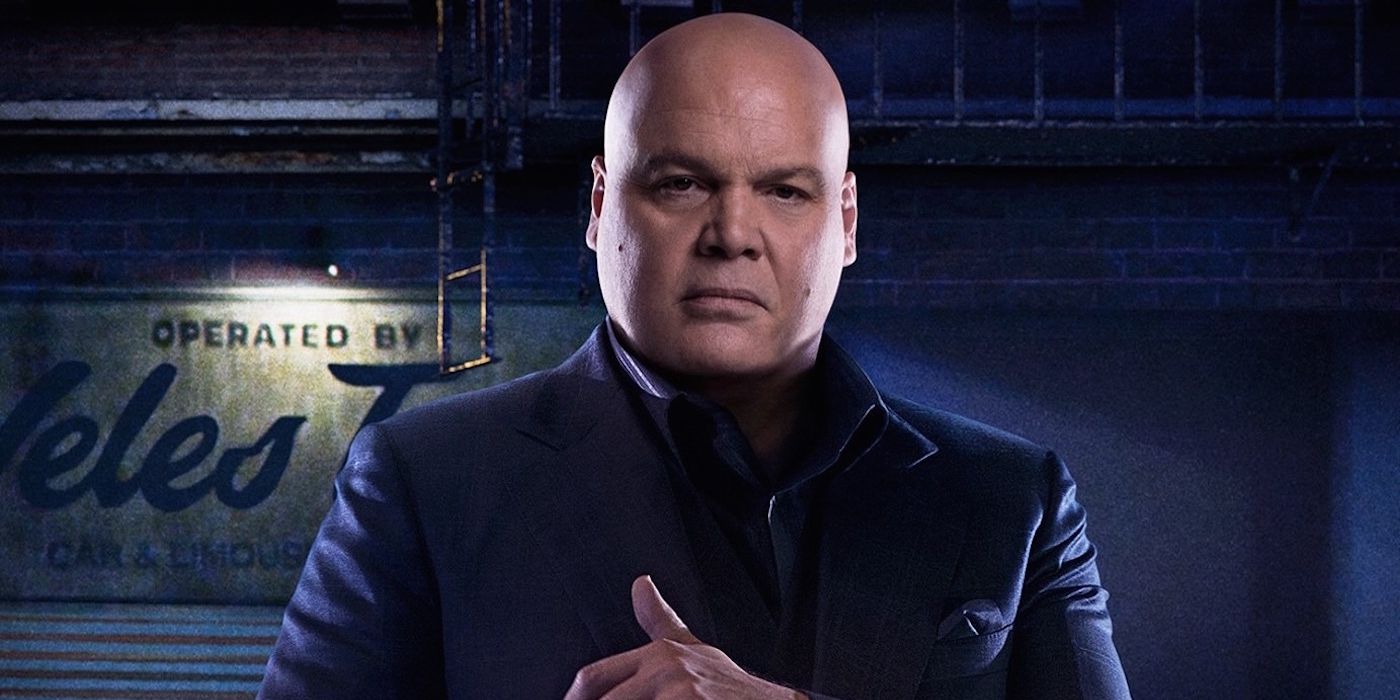
Beginning his life of crime at a young age, Wilson Fisk intimidated his way to the top, using his daunting stature to recruit low-level street thugs into his gang. In due time, his knack for willing his way to success caught the attention of notorious crime lord Don Rigoletto. Soon after, Fisk turned his back on his newfound boss, taking him out and gaining control of his criminal empire as the Kingpin.
Although Fisk has undoubtedly served as the primary antagonist of Matt Murdock, his tenure as a Marvel villain actually began with Spider-Man. Before Frank Miller took over writing duties in the '80s, Kingpin was more of a mobster type of character. With Miller's transformation, he became the unstoppable crime boss he is today, drawing the unwanted attention of Hell's Kitchen's favorite vigilante.
13 He's Taken Lives
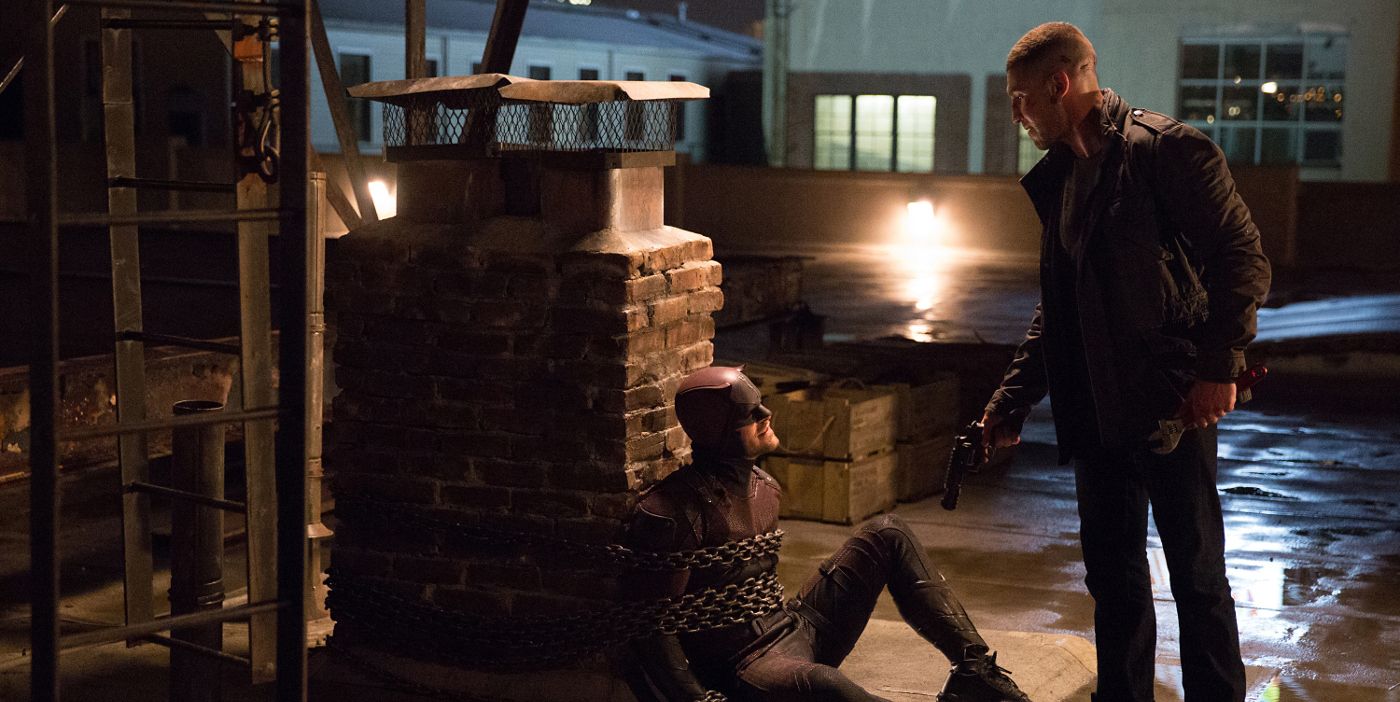
In season two of Daredevil, the merciful Matt Murdock was forced to question his strict rule against taking lives after encountering the unforgiving Frank Castle. As the two butted heads over Castle's morally ambiguous ways, people saw Daredevil's lighter side as he tirelessly attempted to prevent the Punisher from violently wiping out most of Hell's Kitchen's criminal population.
Daredevil's rule against taking lives is nothing new, so it may come as a surprise that he has brutally broken his code of ethics on several occasions.
Included among the most notable instances in which Murdock lashed out against his enemies was the time he took out Wilson Fisk with his billy club, as well as the time he stabbed Bullseye through the chest. Still, his track record is still pretty good compared to some of Marvel's other heroes.
12 He's Not A Hero to All Blind People

Although Daredevil continues to be a supporter of visually-impaired fans, as with the release of a blind-friendly audio version of the Netflix series, not all blind fans are happy about Marvel's depiction of Murdock's disability. Speaking against the exceptionalism of a character like Daredevil, Dr. Betsy Zaborowski, director of special programs at the National Federation of the Blind, warns viewers to not take such depictions too seriously. While Murdock's senses make him a superhero to many, such abilities aren't necessary for blind people to live everyday lives.
Zaborowski also acknowledges the lack of blind representation on television, suggesting that few blind characters are shown living routine lives. While Murdock's life is exceptional, his powers prevent him from addressing many of the handicaps of blindness, which can be perceived as problematic for those who actually deal with such issues.
11 He's Had a Sidekick
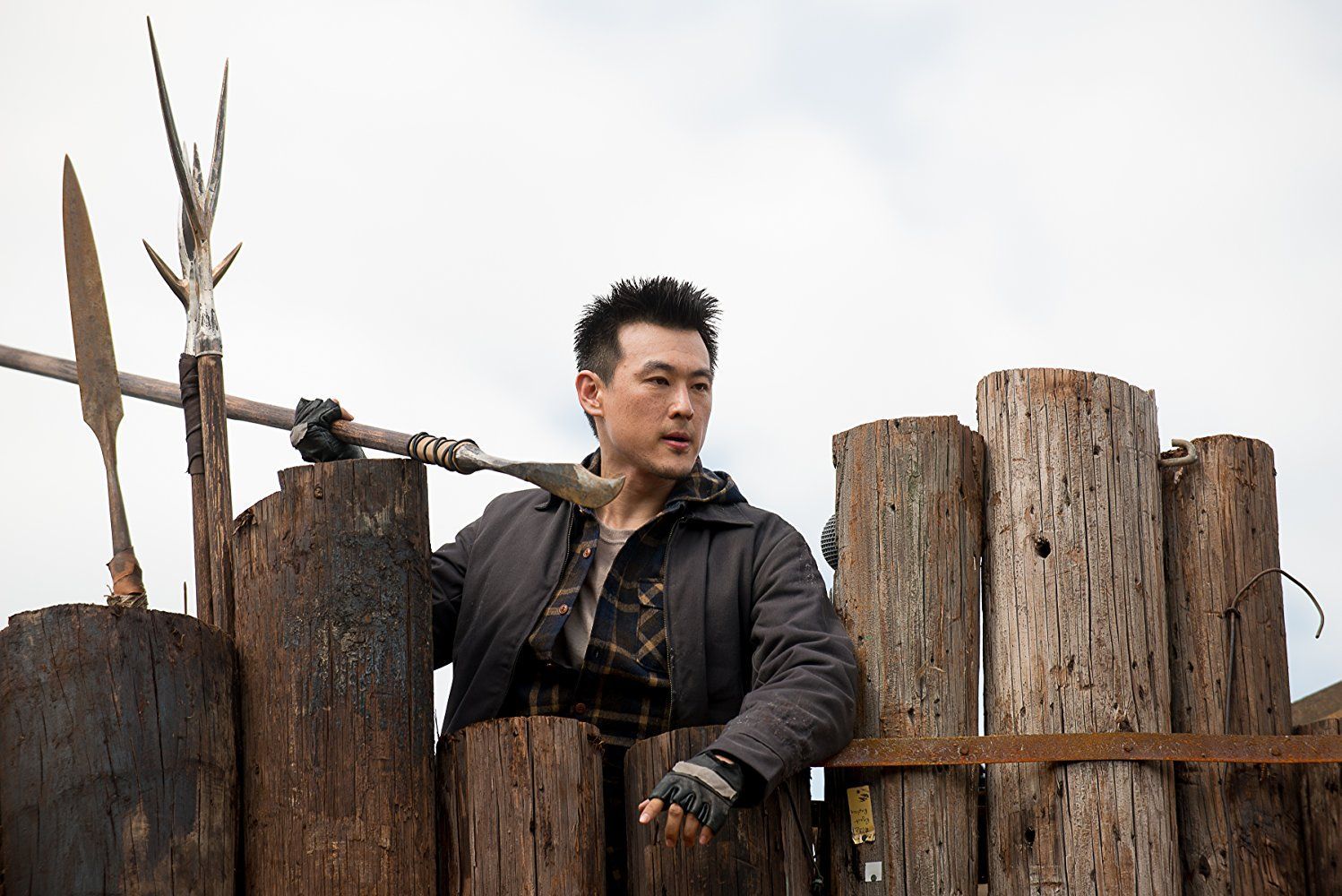
As co-founder of the law firm Nelson and Murdock, Foggy Nelson is Daredevil's good-willed best friend, helping Murdock to shield his true identity from the public. Joining in the cause is Karen Page, Murdock and Nelson's secretary. Together, Foggy and Karen are reliable supporting characters, though they are never depicted fighting alongside Murdock on the streets. Although Daredevil has been depicted working with other superheroes such as Black Widow, he's rarely shown taking a protege under his wing. Still, that doesn't mean he's never had a sidekick.
In the one-shot All-New, All-Different Marvel Point One #1, readers were introduced to Samuel "Sam" Chung, better known as Blindspot.
Chung appeared in Iron Fist season 2, so here's hoping he'll make his way onto Daredevil.
10 He Knows the Avengers
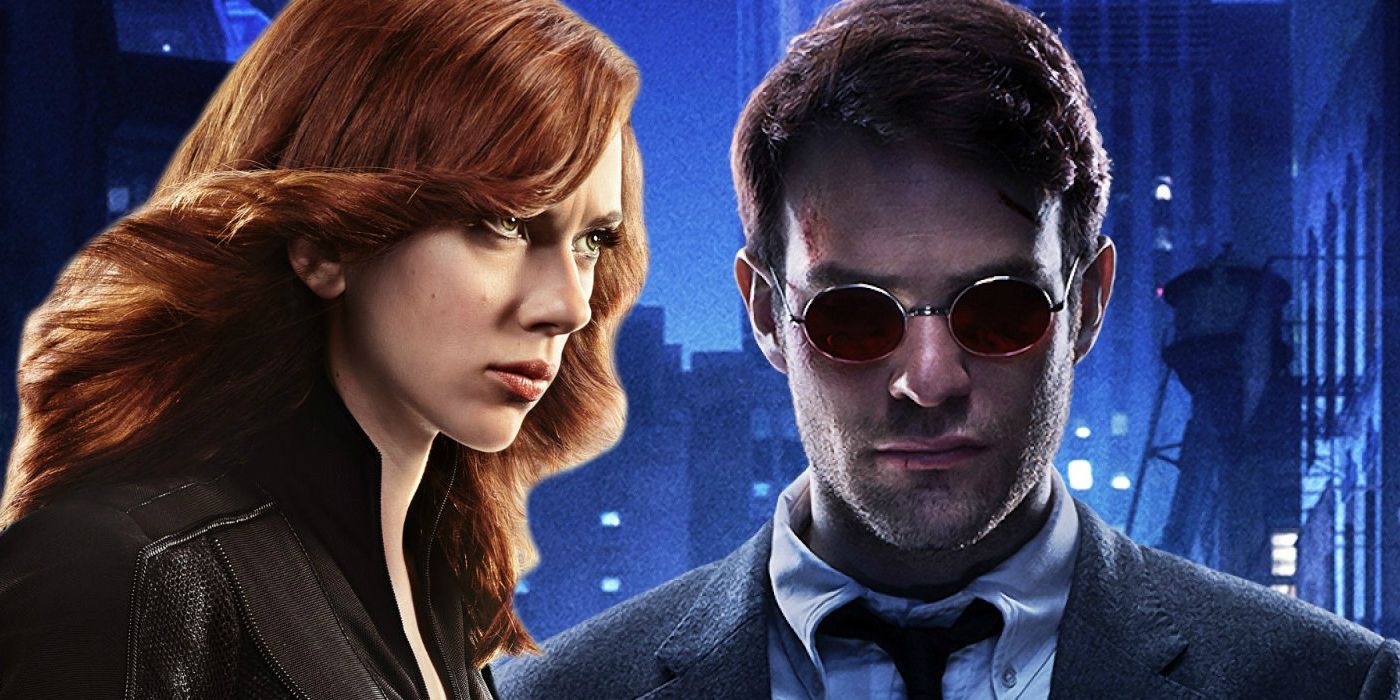
Apart from his participation in the Defenders, Daredevil has also made sure he's associated with Marvel's most renowned superhero group: the Avengers. Dating back forty years, Daredevil's first team-up with an Avenger came when he defended Natasha Romanoff, aka Black Widow, in court. He later became part of a dynamic duo with the lethal Russian assassin, becoming her on-again, off-again lover throughout the years.
His official team-up with the Avengers would come later in 2011 as part of the New Avengers, which included such members as Spider-Man, Luke Cage, Jessica Jones and the Thing. Although Murdock was reluctant to join, he was later convinced by Cage, who had since became the team's leader. He would appear in the line-up for the next three years, showing up in issues #16-34.
9 His Radar Sense Doesn't Work On Everything
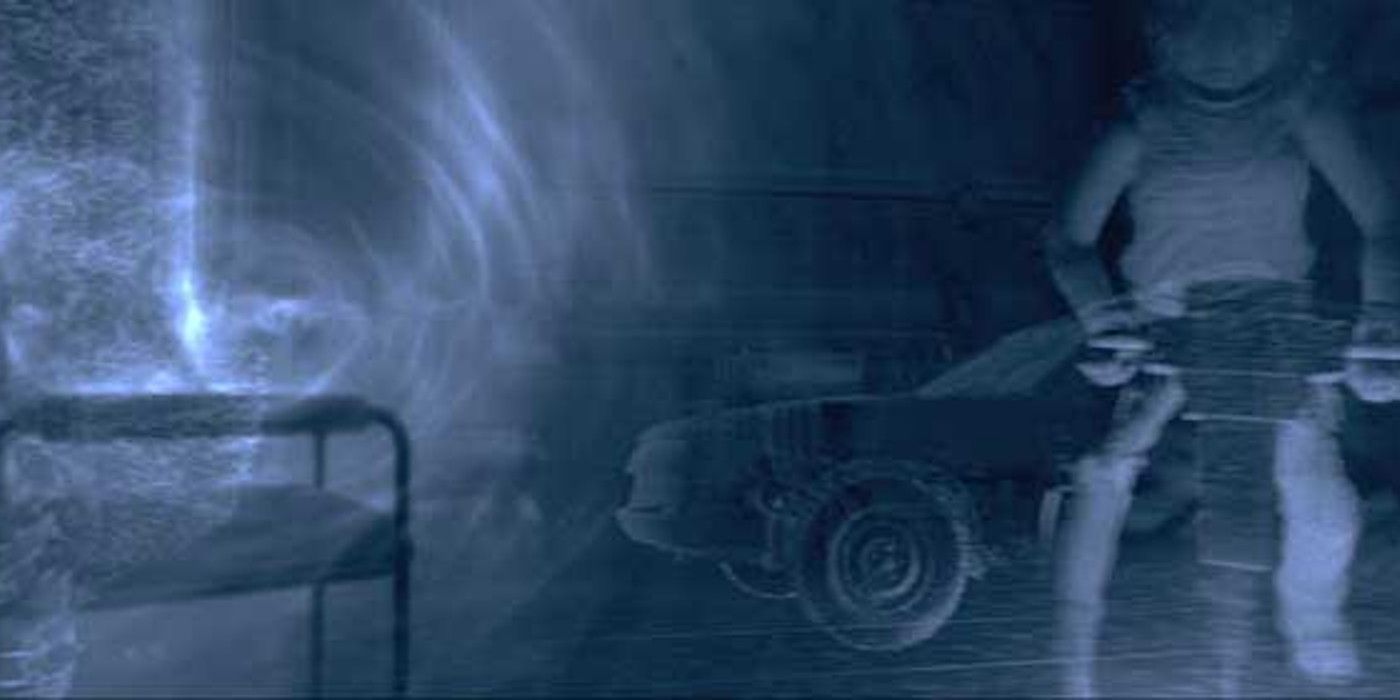
With his extranormal means of perception, Daredevil's radar sense has granted him the upper hand in almost every battle. Using electromagnetic waves emitted by the brain, he's able to determine the proximity of various objects almost instantaneously, making him spatially aware of his surroundings. Still, with all the heightened senses that come with Murdock's intensely observant powers, there are many limitations which have caused him frustration.
Most notably, Daredevil's blindness rewarded him with an increased sense of smell.
At times, this has become so distracting that it could throw him off his game, particularly if a putrid smell becomes so overwhelming that he can't focus. Similarly, his blindness has prevented him from determining many things which can only be seen through sight, such as the color of someone's shirt or a picture on someone's smart phone.
8 His Identity Has Been Revealed To the Public
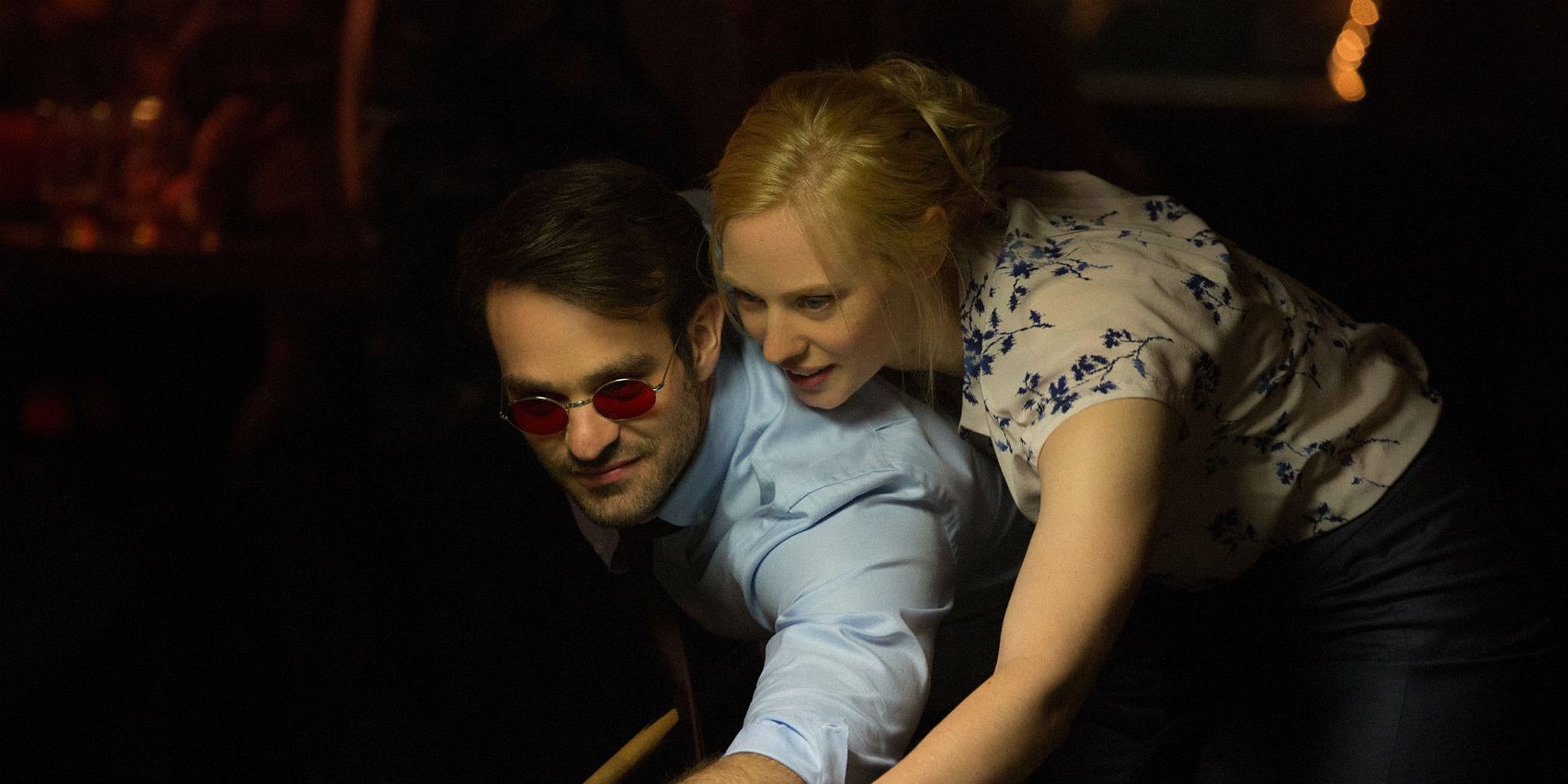
Despite all his super-sensitive abilities, few Marvel characters have had their secret identity compromised more than Daredevil. Throughout his five decades of escapades, the blind attorney by day has managed to keep things low-key when he can, but a string of bad luck has put him in the public eye more times than he'd care to admit.
Counting all the ways Murdock has had his identity revealed, it's astonishing everyone doesn't know. First, there was the time Spider-Man wrote a letter discussing Murdock's superhero persona, which was read by Foggy Nelson and Karen Page. Then, there was the time Karen became an addict and sold Daredevil's identity for money. Altogether, the majority of Daredevil's enemies and allies have found out, including notable names such as Kingpin, Elektra, Ben Urich, Bullseye, and Black Widow.
7 He's Not A Founding Member of the Defenders
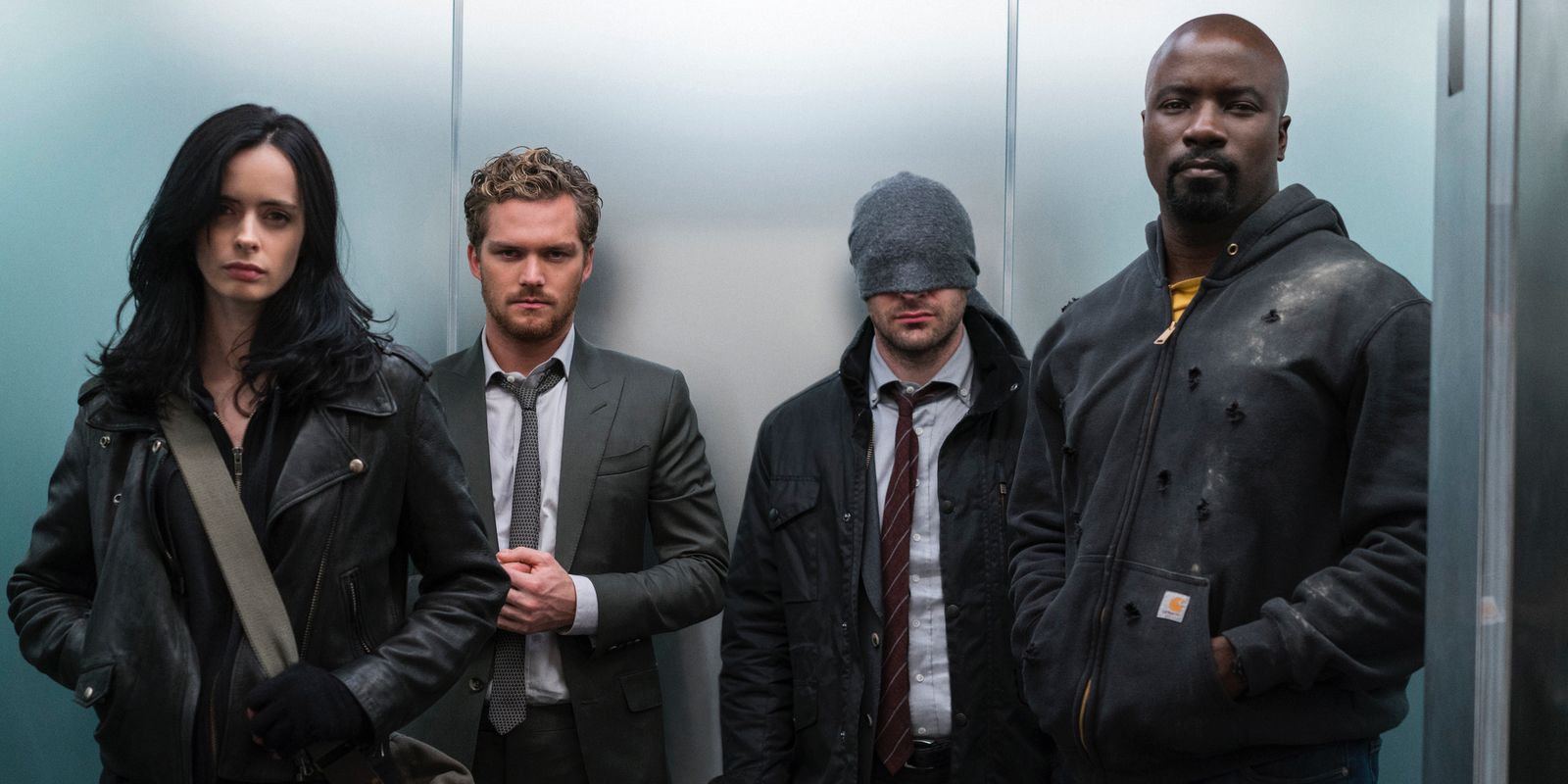
Thanks to the popularity of the Netflix series, Daredevil has recently become known as the impromptu leader of the Defenders and although he has been associated with the team sporadically throughout his publication history, many viewers will be surprised to discover that he isn't actually a founding member of the group.
The Defenders began in 1970 with intersecting storylines that involved Doctor Strange, Sub-Mariner, and the Hulk teaming up to protect the earth from interplanetary beings.
The trio would eventually recruit the help of the Silver Surfer and by December 1971, the super group would receive their own comic book. Throughout the years, various rotating members have come and gone, including Daredevil, with the Netflix group serving as the latest version.
6 The Man Without Fear Isn't Just A Nickname
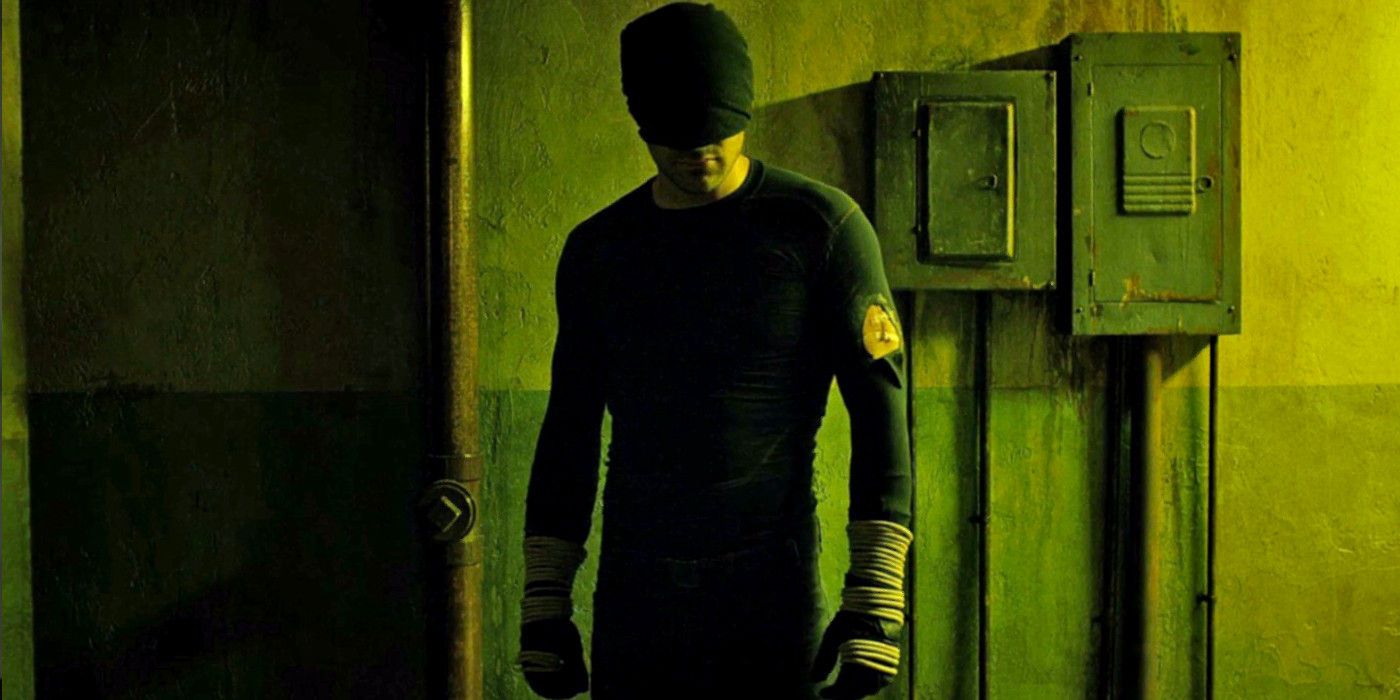
Like his many Marvel counterparts, Daredevil has gone by a few nicknames throughout his publication history, but none have become more synonymous with the blind vigilante than the Man Without Fear. Although many readers would interpret such a nickname as meaning Matt Murdock is a brazen hero who will walk into any scary situation without hesitation, the name can also be taken literally.
Apart from just embracing his fearless nature, Murdock has actually developed an immunity to many fear toxins as well as various mystical spells intended to incite fears in their victims. On multiple occasions, this ability has aided him in overcoming various opponents, including the terror-inducing Mr. Fear, whose own fear pheromone has been rendered futile against Murdock. Still, the hero isn't completely without fear. He's just proven to be harder to scare away.
5 He Hasn't Always Protected Hell's Kitchen
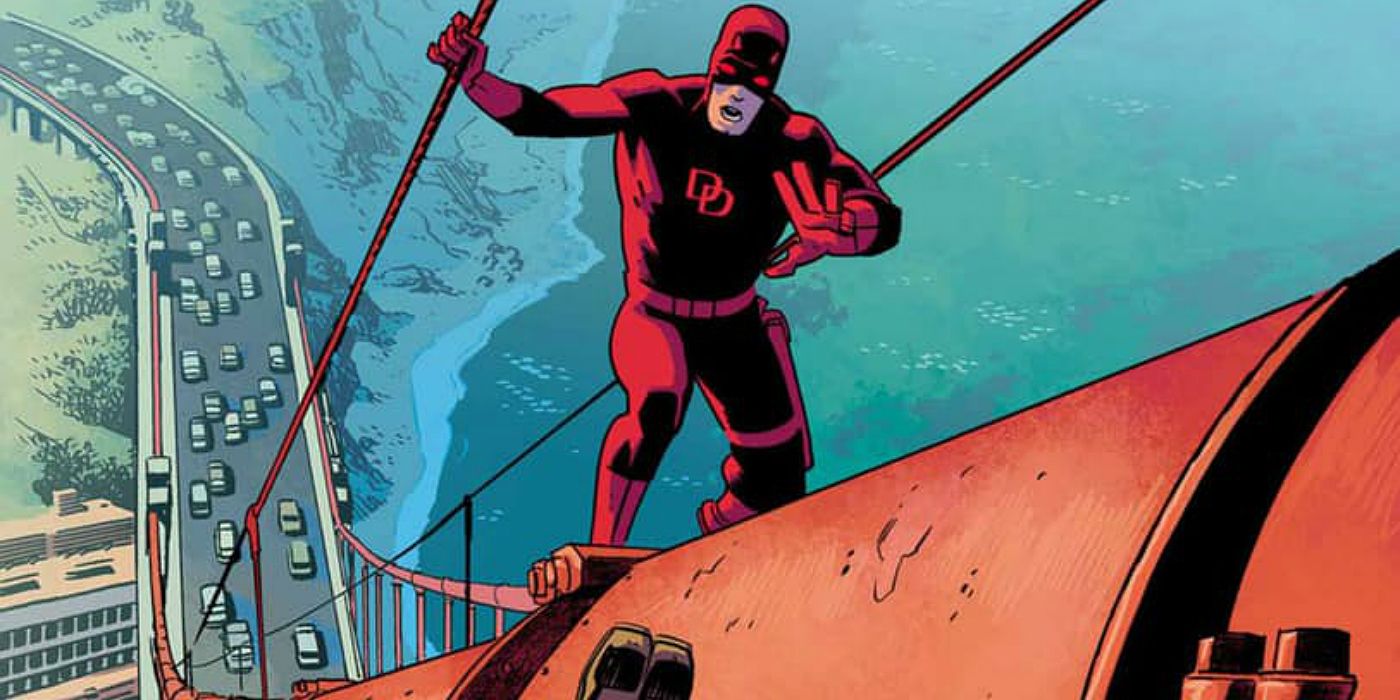
The streets of Hell's Kitchen are the lifeblood behind Daredevil's creation. After a chemical incident leaves him permanently blind, he's raised by his father, a professional boxer, to become a fighter. After his father loses his life to gangsters for refusing to throw a fight, Murdock vows to protect Hell's Kitchen through his own form of vigilante justice.
Even though Daredevil and Hell's Kitchen have become inseparable, that didn't stop writer Gerry Conway from moving the hero to San Francisco in the early '70s.
Beginning with issue #86, he moved into a San Francisco mansion with Black Widow.
In a recent series, he moved back to San Francisco and struggled to navigate the unfamiliar streets, though he eventually made his way back to New York.
4 He's Not A Batman Copycat
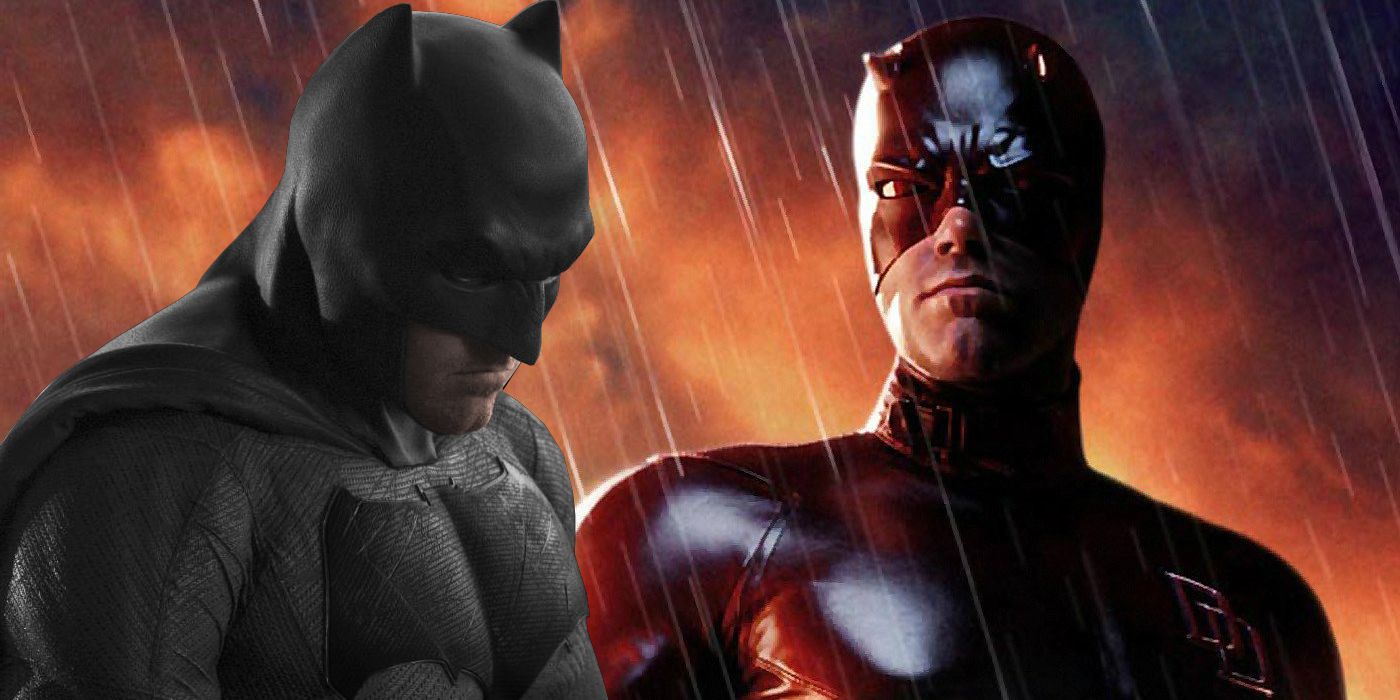
As the morbid and brooding Bat of Gotham, billionaire vigilante Bruce Wayne has become the model for every somber-toned superhero that's followed, but in the case of Matt Murdock, the comparisons have been called out so much that Daredevil has been unfairly criticized for being a copycat of the DC creation.
While the dark suits, similar masks, nightly patrols, and Ben Affleck connections are undeniably comparable, Daredevil didn't begin as the shadowy figure he is today. Sporting a bright yellow suit, he investigated the streets of Hell's Kitchen at all times of the day, not just at night. Much like Peter Parker, he was a bookworm whose interests excluded sports or fighting. It wasn't until Frank Miller took over writing duties that Daredevil's noir style and morally complicated storylines became a staple for the hero, drawing comparisons to the Dark Knight.
3 There's A Real Science Behind His Abilities
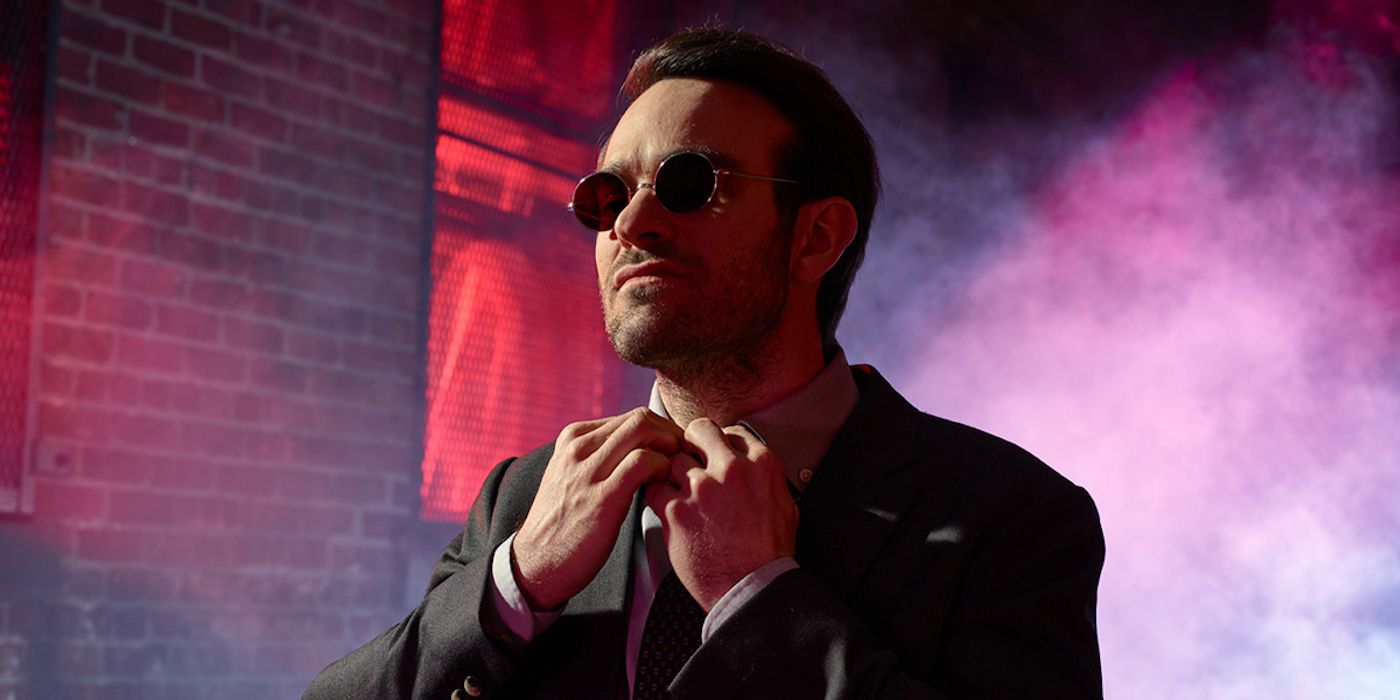
Blinded at an early age, Matt Murdock's radar-like abilities have been inconsistent throughout his comic book existence. While at various times he's been able to perceive his surrounding environment with extreme details, other instances have depicted him only making out basic outlines or shapes around him. Similar to echolocation, his radar sense is described as making out these details by emitting high frequency waves. Although the extreme auditory senses picked up by Daredevil after his incident are examples of unnatural superhero abilities, many of his powers aren't completely unheard of.
According to real-life research, the loss of vision does often lead to the enhancement of other senses, though not without much training and discipline.
Similarly, human echolocation is very real, with blind people often using auditory cues to navigate their environment through a technique called acoustic wayfinding.
2 He's Unlikely to Cross Over with the MCU
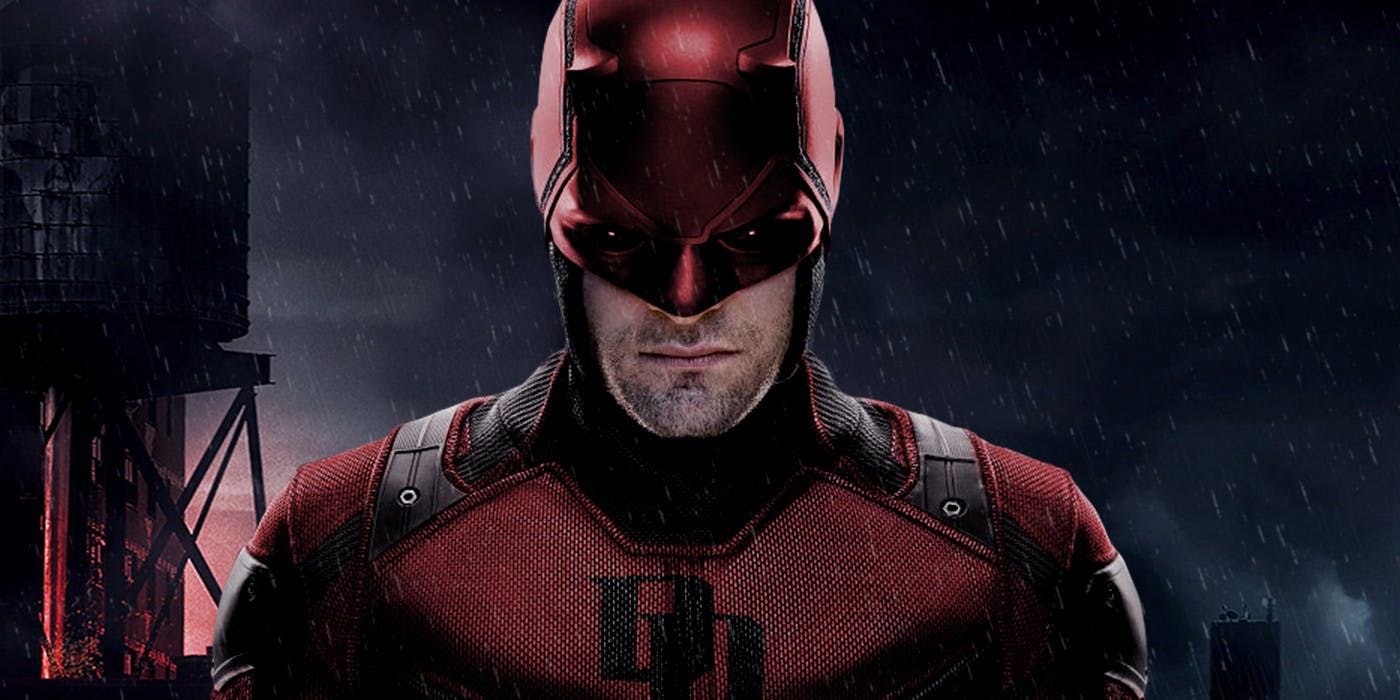
Although Kevin Feige has remained optimistic regarding a future MCU and Marvel Television crossover, there has been little indication that the Defenders will soon cross paths with the Avengers. Recently, Jeph Loeb, head of Marvel Television, stated that he's perfectly happy with keeping the Defenders working on a smaller scale. Likewise, a dispute between Feige and Marvel CEO Ike Perlmutter has resulted in the MCU and Marvel Television remaining largely separate from each other.
To add to the unlikelihood of a crossover, Disney's recent announcement that it will launch its own streaming service separate from Netflix has left many speculating about Marvel's Netflix series. While Netflix will continue to operate the stories for the Defenders characters, Disney has already announced its own plans to create Marvel shows of its own, further complicating the relationship between the MCU and Netflix.
1 He Wasn't the First Daredevil
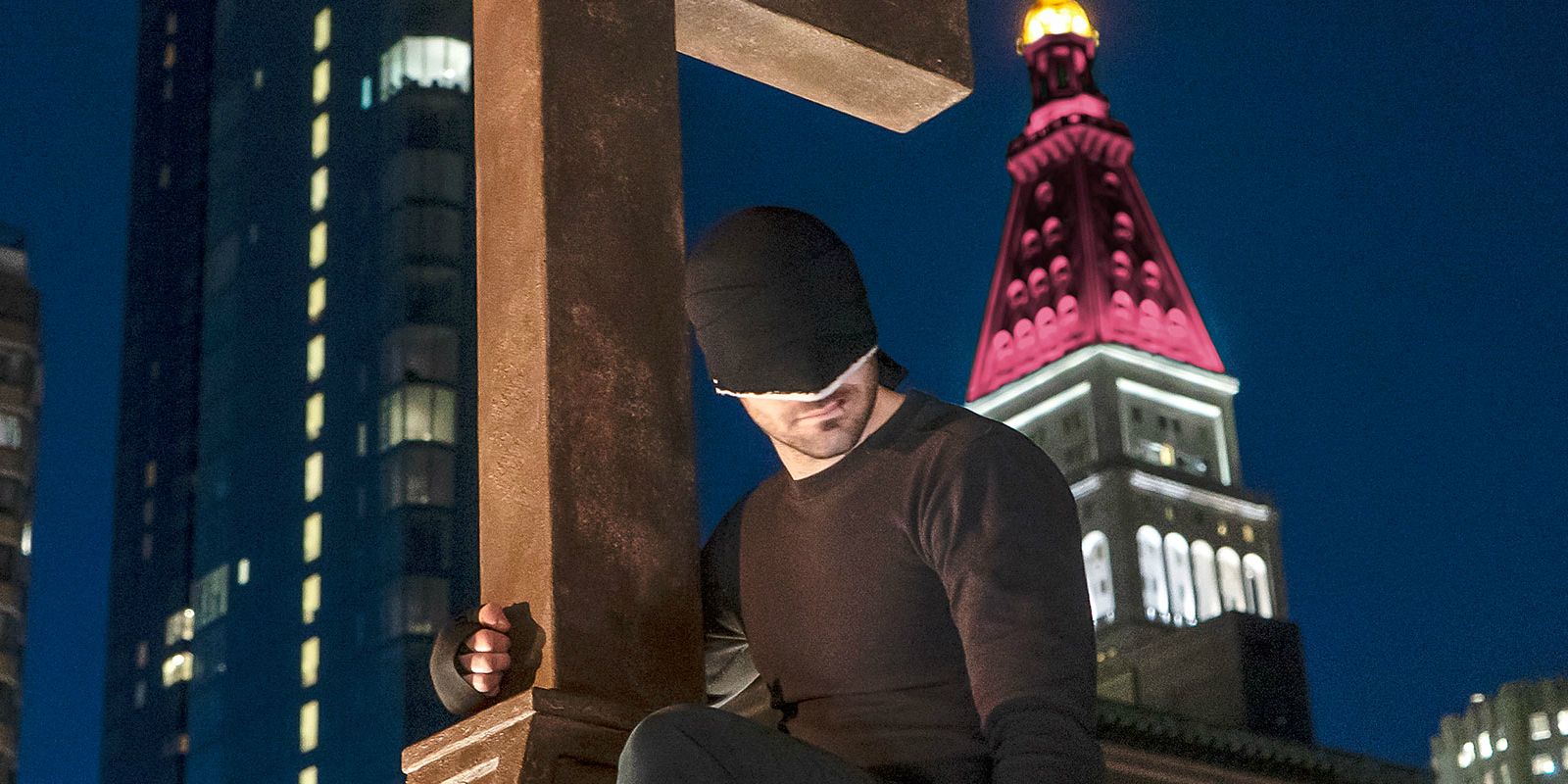
Although hardcore readers will recognize Daredevil as the Man Without Fear who debuted in 1964, there was another who sported the name nearly three decades earlier. Written by Jack Binder as an eight-page back-up feature for Silver Streak #6, created by Lev Gleason Publications, the original Daredevil featured Bart Hill, an expert boomerang marksman who was rendered mute after witnessing the loss of his father to street criminals.
A year after his debut, Bart Hill would be completely revamped, losing his mute angle and returning to face off against the villainous Claw in a five-issue battle arc. He'd receive his own comic by December 1941, taking a lesson from Captain America and battling Hitler on the cover. By 1956, superheroes were fading out for Lev Gleason Publications, leading to the end of the Daredevil series altogether.
---
What else do people misunderstand about Daredevil? Let us know in the comments!
from ScreenRant - Feed https://ift.tt/2OgOKjY


0 Comments